In the draft Strategy for the development of Vietnam's automobile industry, the Ministry of Industry and Trade sets a goal of being able to produce important components such as gearboxes and engines.
Developing the automobile industry in conjunction with supporting industries
Ministry of Industry and Trade Draft on "Industry Development Strategy" industrial Vietnam cars to 2030, vision to 2045" on September 17 to collect public comments.
The main content of the strategy is to promote the internal strength of all economic sectors in the country; focus on linking and cooperating with large automobile manufacturing corporations in the world to develop the automobile industry in sync with the development of traffic infrastructure.
Specifically, for passenger vehicles with up to 9 seats, the focus will be on small personal vehicles that consume little energy, suitable for traffic infrastructure and people's income.
For specialized vehicles, select and assemble some types of vehicles with high demand (concrete trucks, tank trucks, vehicles serving security, national defense, etc.); encourage the production of small multi-functional agricultural vehicles (combining cargo transportation with one or more functions such as tilling land, pumping water, generating electricity, spraying pesticides, etc.) to meet the needs of people in rural and mountainous areas.
Regarding supporting industry, we will approach and apply technology to manufacture important parts and components such as transmissions, gearboxes, engines, car bodies, etc. for several vehicle models; strengthen cooperation with major automobile manufacturers, select types of spare parts and components that Vietnam can produce to take on the role of a link in the global production and supply chain. On that basis, invest in advanced technology and produce for export.
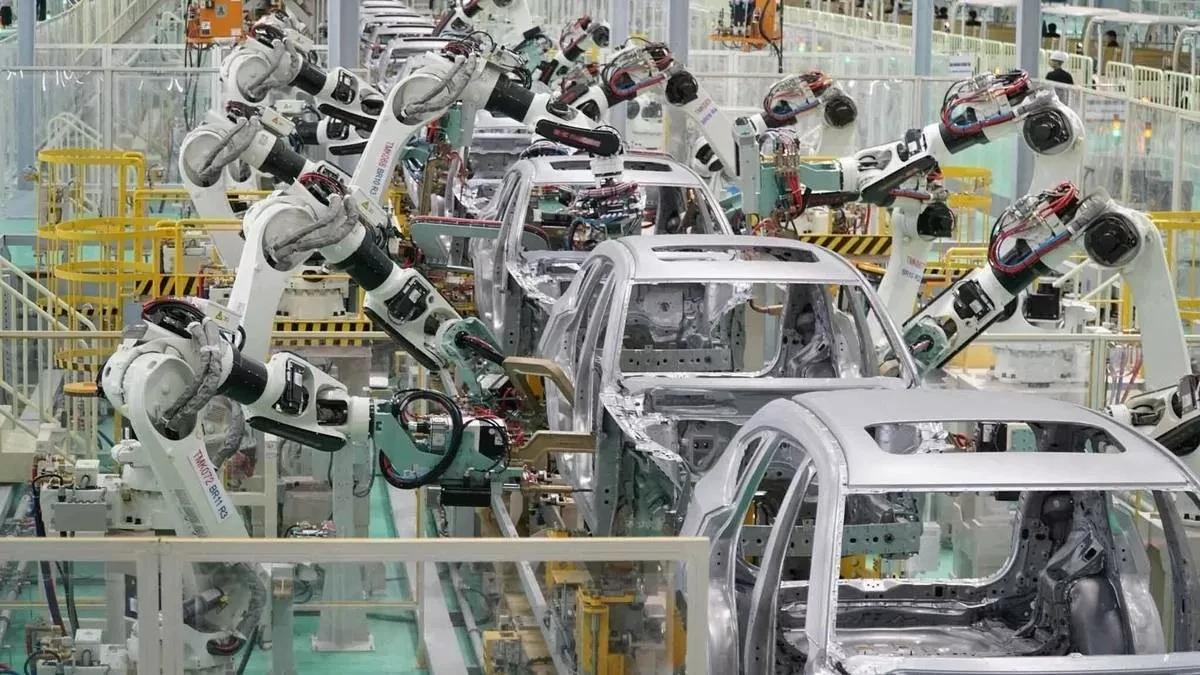
By 2035, the Ministry of Industry and Trade aims to achieve a total vehicle output of about 1,531,400 units, of which 852,600 units are cars with up to 9 seats, 84,400 units are cars with 10 seats or more, 587,900 units are trucks, and 6,500 units are specialized vehicles.
The proportion of domestically assembled vehicles accounts for about 78% of domestic demand. Regarding the development of supporting industries, by 2020, a supporting industry for automobile production will be basically formed; striving to meet about 35% (in value) of the demand for components and spare parts for domestic automobile production and assembly.
In the period 2026 - 2035, it will meet over 65% of the demand for components and spare parts for domestic automobile production and assembly. The strategy aims to achieve a total export volume of about 90,000 vehicles by 2035.
To achieve the above goals, the strategy has provided specific directions such as identifying and establishing strategic partners, encouraging investment in projects large enough to create a market for supporting industries; encouraging the production of environmentally friendly vehicles (fuel-efficient vehicles, hybrid vehicles, biofuel vehicles, electric vehicles, etc.), meeting emission standards according to the roadmap approved by the Prime Minister.
Focus on innovation to improve product quality to ensure compliance with international standards. At the same time, form a number of concentrated automobile industry centers/clusters based on the organization and rearrangement of production; promote cooperation and linkage between automobile manufacturing and assembling enterprises, supporting industry enterprises, research and development establishments and training establishments of all economic sectors to improve investment efficiency and enhance specialization capacity...
Up to now, the Government has also introduced very specific policies to support domestic production such as import tax incentives for components and spare parts serving domestic automobile production and assembly (Decree No. 101/2021/ND-CP of the Government), reducing registration fees for domestically produced and assembled vehicles, ...
Thanks to timely policies from the Government and efforts from businesses, in the period 2014 to 2021, the Vietnamese automobile industry achieved certain results compared to the goals set out in the strategy.
Automotive industry aims to improve localization rate
The Ministry of Industry and Trade informed that there are still some unachieved targets and some limitations that need to be overcome, such as the localization rate for vehicles with up to 9 seats: in reality, it has only reached an average of 12 - 20%, much lower than the target for 2020: 30-40%.
The export rate for vehicles with up to 9 seats, actual exports have only reached about 1,000 vehicles, much lower than the 2020 target of 5,000 vehicles.
The development strategy of the automobile industry also has appropriate orientations in developing environmentally friendly vehicles (fuel-efficient vehicles, hybrid vehicles, biofuel vehicles, electric vehicles...).
However, the policies supporting implementation are still quite limited. Up to now, there have only been policies supporting special consumption tax and registration fees for battery-powered electric vehicles and there is no specific roadmap for the development of other electric vehicle lines in Vietnam.
In the recent period, Vietnam has had many changes in terms of population size, economic growth and growth quality. The scale, products and domestic automobile consumption market have also changed a lot compared to before. Besides, the world automobile industry is changing strongly in terms of production technology, product types and product designs.
In addition, the countries in the region, especially China and Thailand, have impressive developments in the automobile industry, increasingly participating in the value chain, and the risk of the domestic car market losing market share in the domestic market is inevitable if there are no appropriate policy mechanisms.
In order to promote the development of the Vietnamese automobile industry, the Prime Minister issued Decision 589/QD-TTg approving the Industrial Restructuring Plan for the period 2018 - 2020 with a view to 2025, which includes the content "Encouraging large enterprises to invest in developing the automobile industry, regardless of domestic enterprises and foreign-invested enterprises, to develop the Vietnamese automobile industry".
The Prime Minister emphasized that the Government will continue to strengthen institutions and policies that are better for production and the people and do not go against international practices and commitments to integration. Domestic and foreign automobile manufacturers create jobs, but also need to expand their markets and focus on exports; innovate, cooperate and assign production to develop an ecosystem of supporting industries, bringing higher added value to each vehicle.
However, in the current period, many factors, especially those mentioned above, are strongly affecting and creating great pressure on the domestic automobile manufacturing industry. In addition, the automobile manufacturing industry is also strongly affected by science, technology and consumer trends. Therefore, in the coming period, if the Vietnamese automobile manufacturing industry wants to develop well, it needs to make appropriate changes. Therefore, implementing the construction of the "Vietnam Automobile Industry Development Strategy to 2030, vision to 2045" is extremely urgent and meaningful in both practice and science.
Source





![[Photo] Prime Minister Pham Minh Chinh and Prime Minister of the Kingdom of Thailand Paetongtarn Shinawatra attend the Vietnam-Thailand Business Forum 2025](https://vphoto.vietnam.vn/thumb/1200x675/vietnam/resource/IMAGE/2025/5/16/1cdfce54d25c48a68ae6fb9204f2171a)






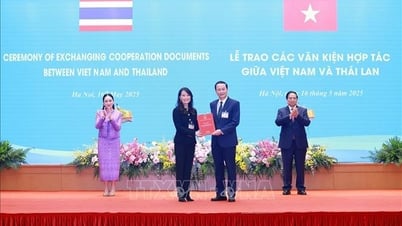



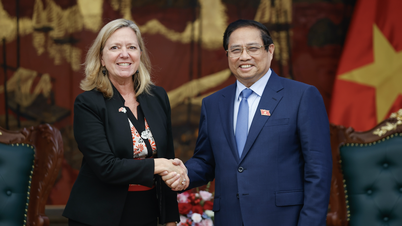






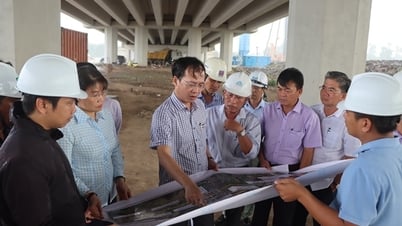






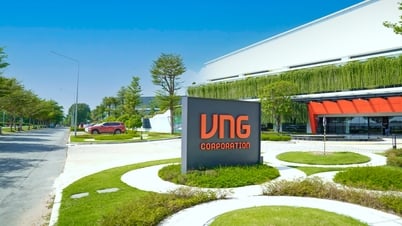
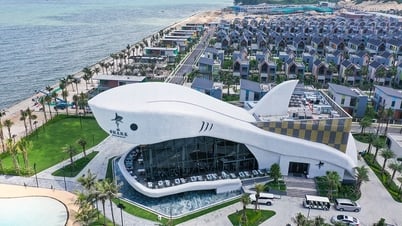


![[Photo] President Luong Cuong receives Prime Minister of the Kingdom of Thailand Paetongtarn Shinawatra](https://vphoto.vietnam.vn/thumb/1200x675/vietnam/resource/IMAGE/2025/5/16/52c73b27198a4e12bd6a903d1c218846)










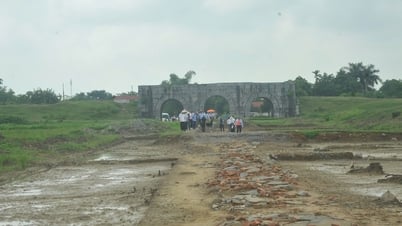






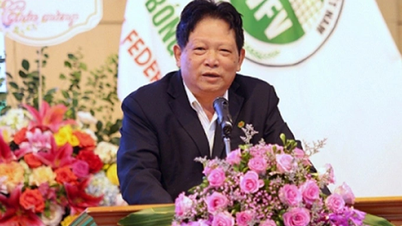







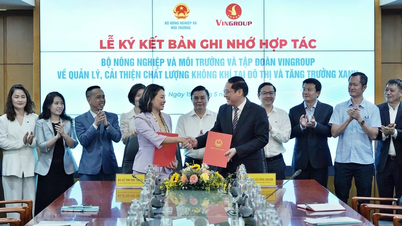

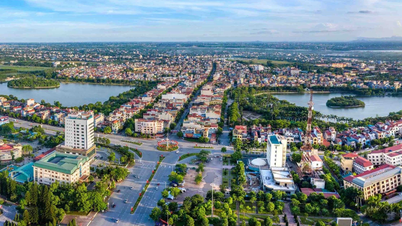






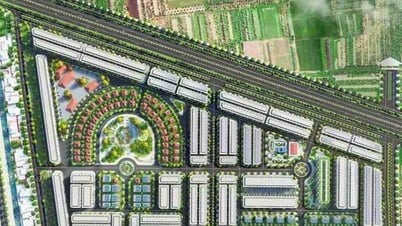

























Comment (0)